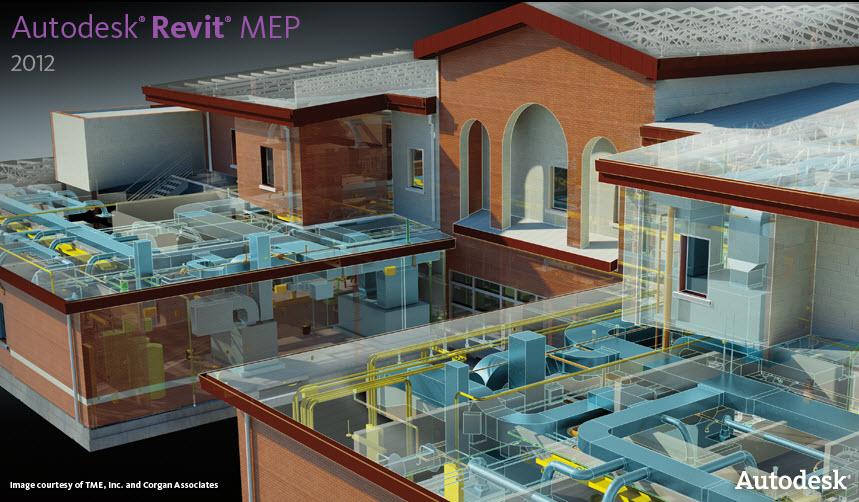But if you simply Minimize the application window, wait a second or two then Maximize your application, the RAM is given back and you can continue working.
Tony confirmed this in Revit by opening one of their larger projects using Revit Architecture, and opened 3-4 views, and watched the memory usage go up, then minimized. Below are the results:
Before minimize:

After minimize:

I also confirmed this in Revit MEP and AutoCAD MEP.
So when working in Revit and you get a message that you're running low on memory, try minimizing the application window!
We always knew that having multiple views open can also affect performance, but we were pretty surprised at actually how much RAM is used.
One view open: 784,380 k
Two views open: 817,520 k
Three views open: 847,220 k
Four views open: 872,896 k
So closing views that are not being used is also very important.
http://revit-usa.blogspot.com/2008/01/revit-ram-minimizing.html

I can't believe I didn't know this, great tip!
ReplyDeleteI've had about 20 individuals testing this for about a week, and it definitely works. I just wish I could understand why!
ReplyDeleteI have been using this trick for sometime, but it seemed too good to be true. Another trick is to open a second session of Revit, keeping it minimized, and you will see your available VM double while using the Worksharing Monitor, no idea why but it does eliminate the Low Virtual Memory message.
ReplyDelete